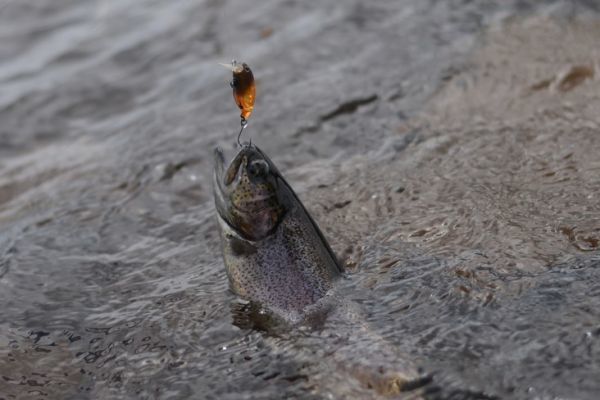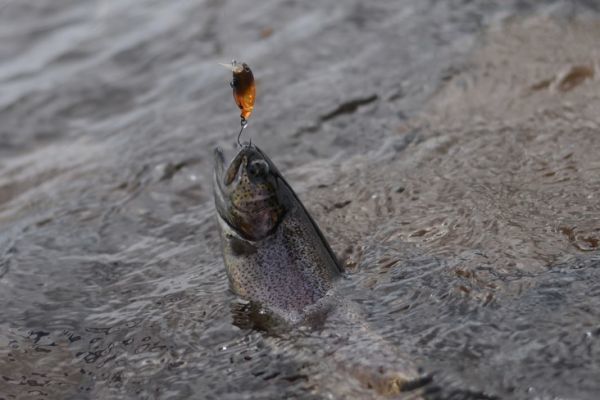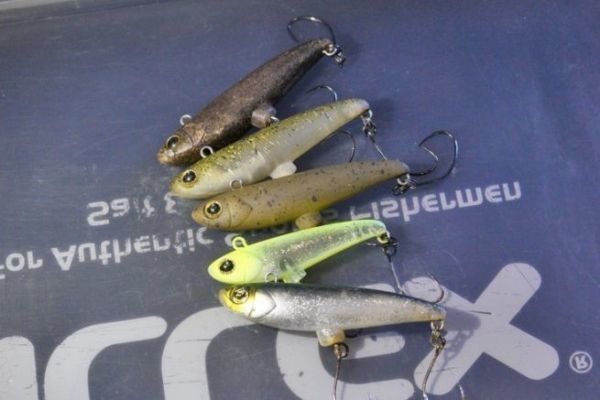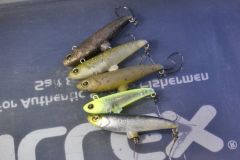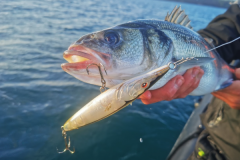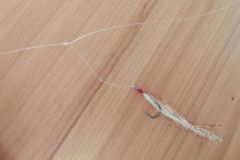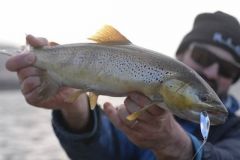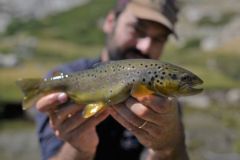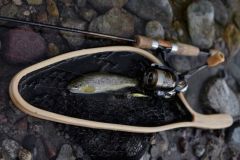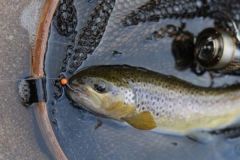If there were only two types of lures to choose from for area fishing, they would be wobbling spoons and crankbaits. Virtually all lure ranges dedicated to area fishing offer these plump little swimming fish. It has to be said that they have a lot going for them.
What is a crankbait?
Crankbaits are swimming fish that can be reeled in linearly, simply by casting, as the name suggests. They are quite large lures, designed to flutter and emit strong visual and vibratory stimuli. This type of swimming fish can move just below the surface or deeper, up to about 2.50 m for models dedicated to the area. These are ultra-light models, rarely weighing more than 4 grams for a maximum of 4 cm.
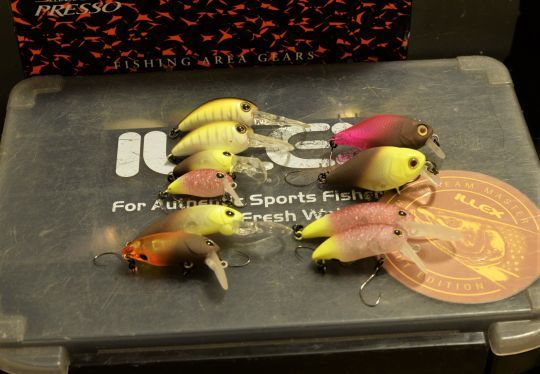
Crankbaits will also work at different depths: the shorter and more vertical the lip, the more the lure will work at the surface (shallow). On the contrary, the longer and more in line with the body, the deeper the crankbait will dive (medium and deep diving). In this way, you can move your lure just below the surface or close to the bottom, combing all the layers of water to find the one where the trout are feeding.
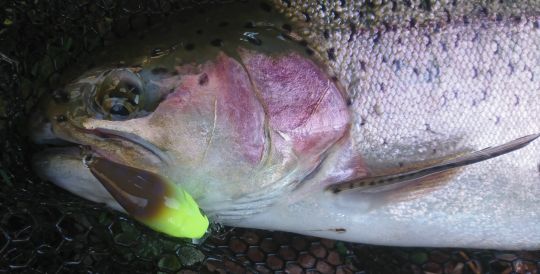
The advantages of crankbaits
Crankbaits will be very useful in the early stages of fishing, when fish are active and will pounce on what is often the most attractive lure. It's a highly visible lure that can be caught from a distance.
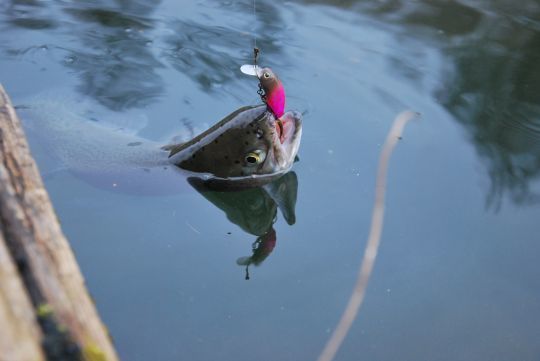
Nevertheless, numerous competitions have already been won by anglers who have found the right crankbait in difficult fishing phases, and these are regularly micro crankbaits moving on the surface. This may seem surprising, but it's information that shouldn't be overlooked.
Another advantage of crankbaits is that they are reminiscent of the food available to trout in reservoirs, such as pellets or insects that have fallen to the surface.
This is a lure that can be retrieved very slowly or in a sustained manner, making it relatively versatile and once again allowing you to quickly find the parameters that make trout bite.
The right equipment for crankbaits
Crankbaits are best used with a specific rod, not too stiff. A closer look at the swimming action of these lures shows why the choice of reel and rod will affect fishing comfort.
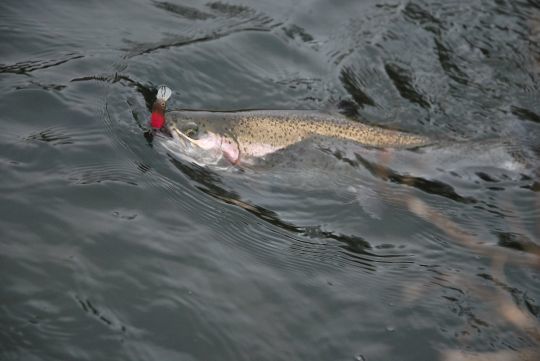
Crankbaits displace water and pull into the rod. A rod that's too stiff will pull the lure out of the trout's mouth when it hits and will be uncomfortable. A small parabolic rod will be perfect. Following the same logic, choose a small, low-ratio reel with more retrieve torque than a high-ratio reel, for fluidity and fishing comfort.

 /
/ 